
ENLARGE THE IMAGE ABOVE BY CLICKING THE PHOTOGRAPH
(JUNE 7, 2010) A couple of months ago a colleague took a group of students to the Riverwalk to observe nature. Before they went, she told them what to expect. One student, who was unfamiliar with much to do with nature, asked about the dangers there. He asked if there were any wild animals that could rip someone apart - like lions and tigers? She said no that the Riverwalk is a safe place to walk.
However, there are dangers there for humans as well as the wild life.
 There is a sign that speaks to the danger of the river and the undertow that is created at dams. There are, of course, plants that can cause rashes if a walker gets off the trail and wanders into the brush. And, if you look closely at insects, like I do, then it is possible to get either an insect bite or sting.
There is a sign that speaks to the danger of the river and the undertow that is created at dams. There are, of course, plants that can cause rashes if a walker gets off the trail and wanders into the brush. And, if you look closely at insects, like I do, then it is possible to get either an insect bite or sting. The beautiful bumblebee buzzing around the pink, dainty flowers of the mimosa tree can carry a bruising sting.
 The yellow jacket crawling gently on a leaf in its bright black and yellow can attack a person and cause great pain. I have seen very few snakes on the trail, but I have seen 1000s of bees. The fact is that 3-4 times more people die of bee stings than from snake bites.
The yellow jacket crawling gently on a leaf in its bright black and yellow can attack a person and cause great pain. I have seen very few snakes on the trail, but I have seen 1000s of bees. The fact is that 3-4 times more people die of bee stings than from snake bites.This morning I was talking with someone on the trail when I noticed a furry patch in the bushes. I thought that it was, perhaps, some goose feathers, but it wasn't until I approached closer that I realized it was a baby mockingbird. It was about 3 feet above the ground, hidden in the foliage. I tied Sadie to a fence on the other side of the path and went to the bird and started taking pictures. It didn't move except to occasionally blink or move its head. This was the same area where the adult mockingbirds have swooped down at us as we walked along the path or fussed at us as we, evidently, got too close to their nest. I had the thought of being completely bombarded by the adults as I got near their baby. NOTHING.
 I took my pictures without incident.
I took my pictures without incident. When I came back 30 minutes later, the small bird was still there. Had it been abandoned? I don't know. That close to the ground put this small bird in DANGER of predators that could too easily find the little guy and make a small meal out of him.
This morning I saw a female mallard with her three ducklings. It was a pleasant sight to see, but also a reminder of the DANGER the wild life face on the river. This same mallard, just a few days before, had 7 ducklings - today, 4 were missing - gone.

I noticed tent caterpillars had taken over some trees along the trail. The leaves make a treat for the larvae but what is left after they have gorged themselves is the skeletal remains of the leaves. There is DANGER to the trees as well along the Riverwalk.
As I think upon the DANGERS that threaten each plant and animal each day on the Riverwalk, I can't help but think of the devastation that is going on in the Gulf of Mexico. Many animals and much plant life are dying not because of nature; these living creatures are dying because of a foolish act of humans. Birds may strafe humans who get too close, insects might sting, and spiders might bite humans and create a minor irritation; but, it is what humans can do to nature that is truly devastating. Surely the higher, thinking animals, like myself, who often visit this very fragile ecosystem can do better.
It was another good morning on the Riverwalk.


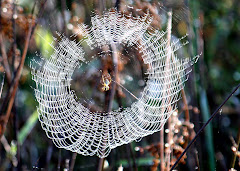

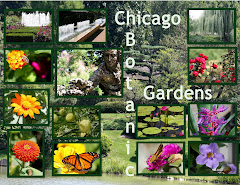
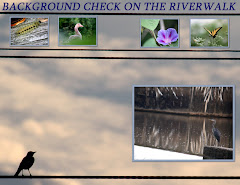
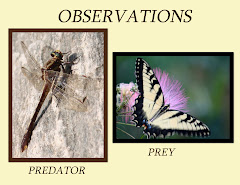





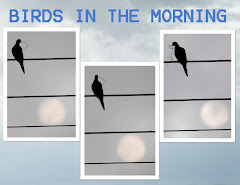


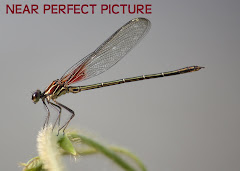


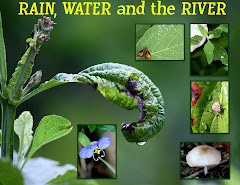

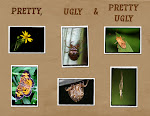
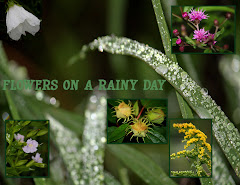
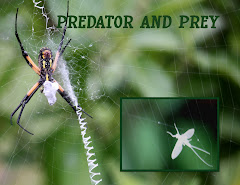


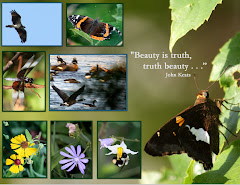
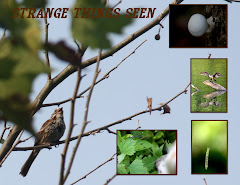
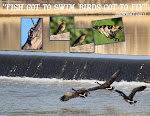



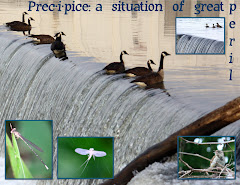
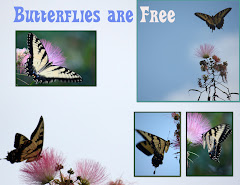
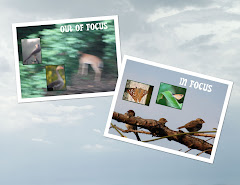
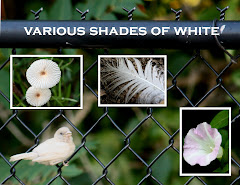
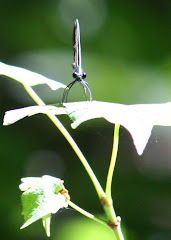
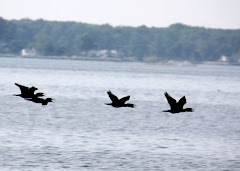


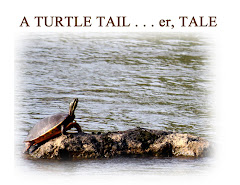
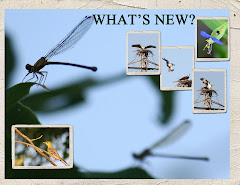



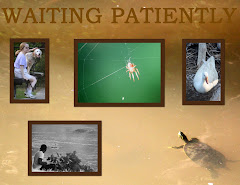



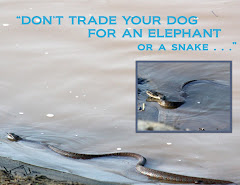

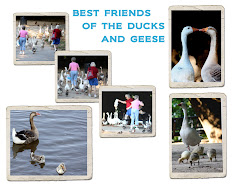
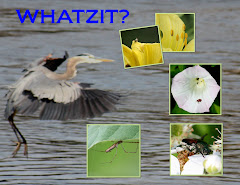

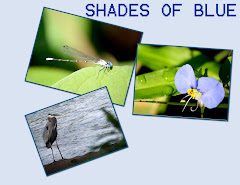
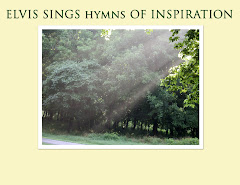
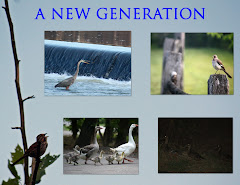
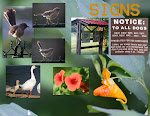
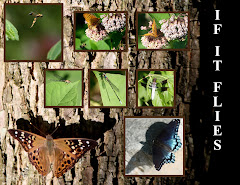

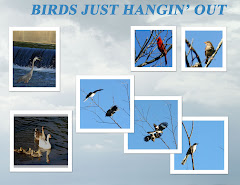
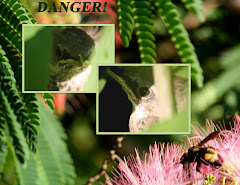


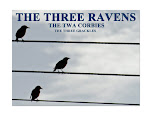




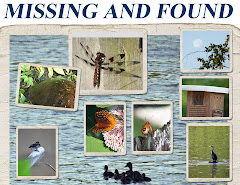

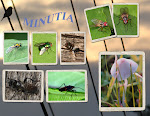
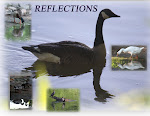
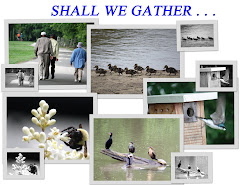
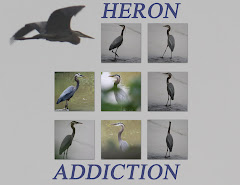
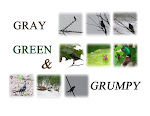

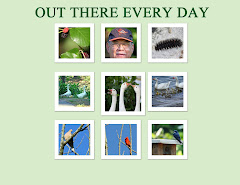
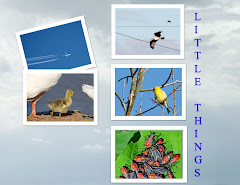
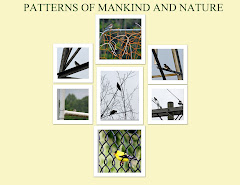
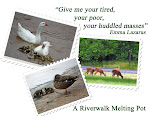
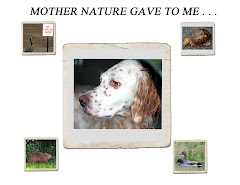


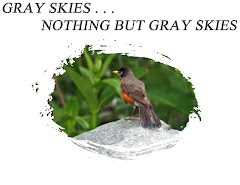
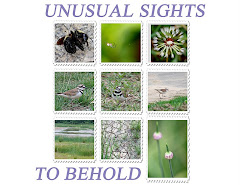
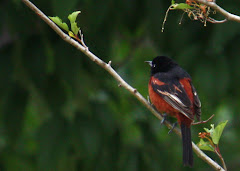



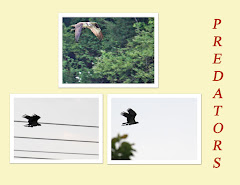
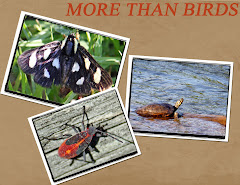
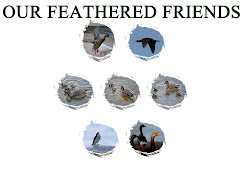

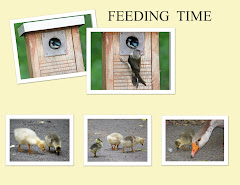
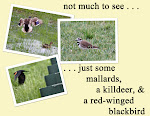
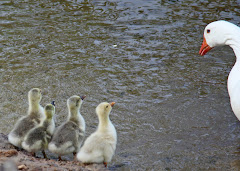
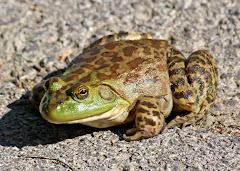
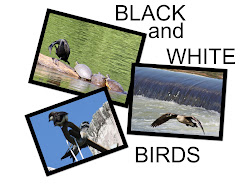
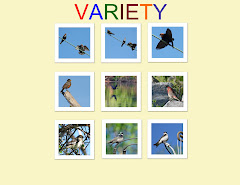
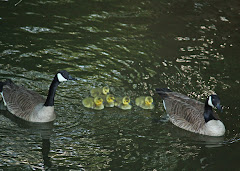
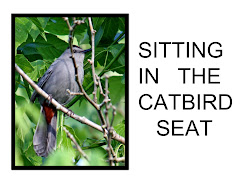
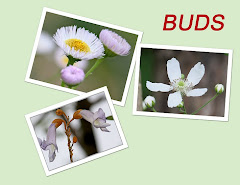
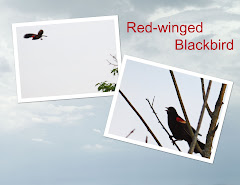
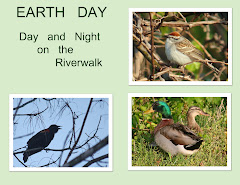
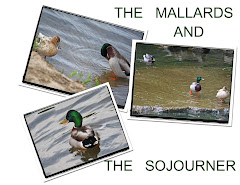
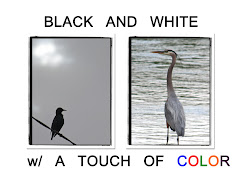


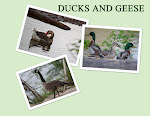
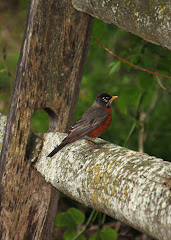
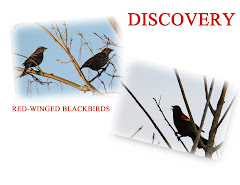

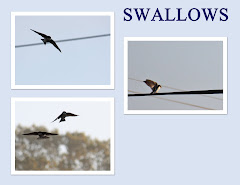


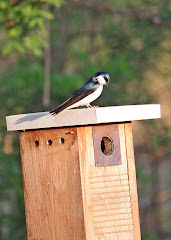
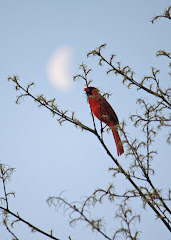

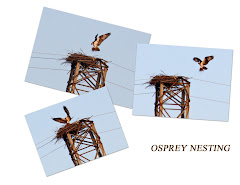

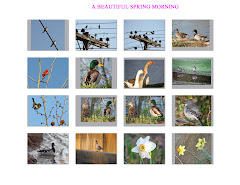
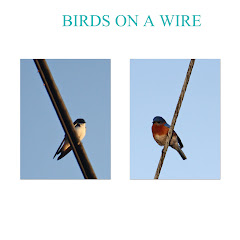

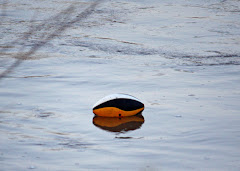
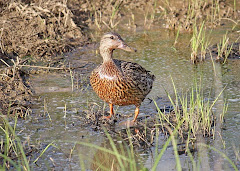
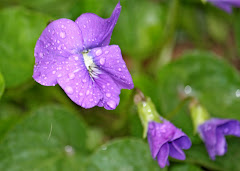
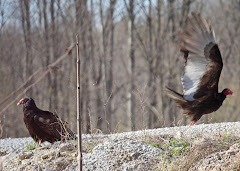
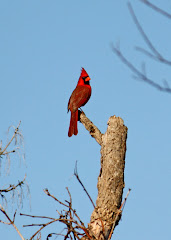
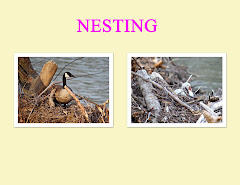
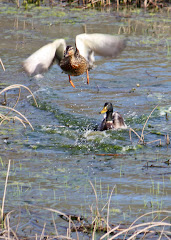
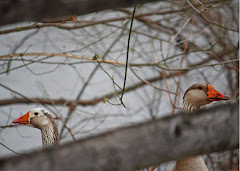
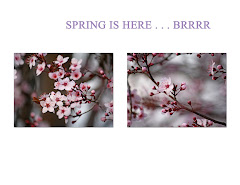

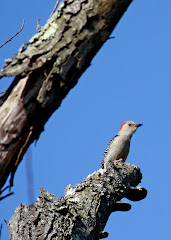

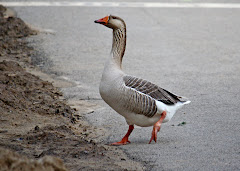
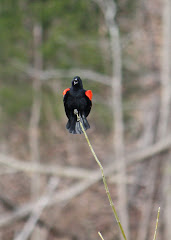
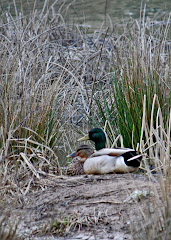

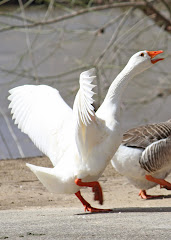
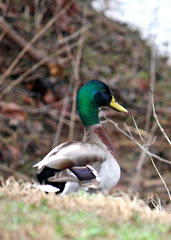

No comments:
Post a Comment